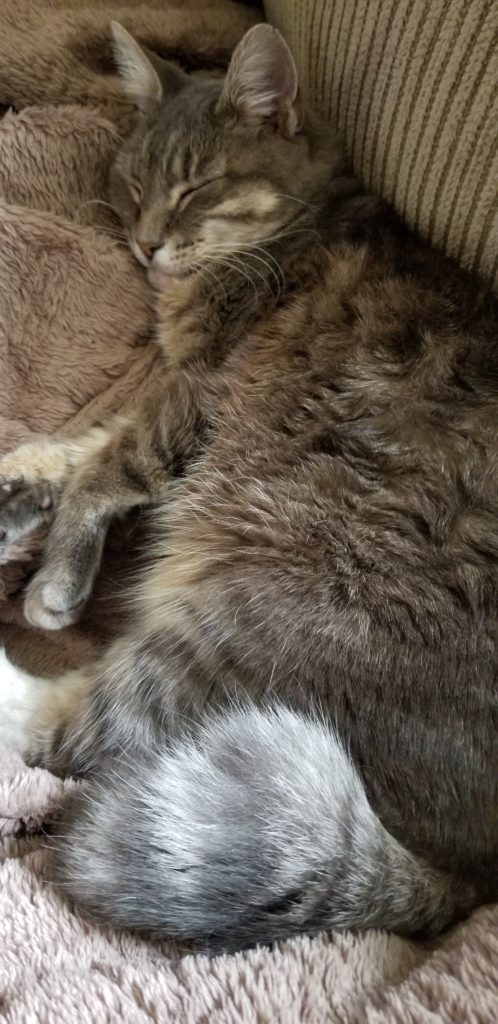Of course, your rewrite will be a snap—you don’t have a hot mess of a draft. Right? For the rest of us, rewrites can feel overwhelming. Where do you begin?
Writing Tip for Today: Here are a few tips for beginning a rewrite of your novel or memoir:
Stand Back Storyboard
Last post I mentioned storyboarding as a way to organize for your rewrite. You separate your story into scenes, summarizing each on a sticky note or list. Place the notes in order (perhaps in lists titled Acts I,II, III). Now, stand back. Somehow story boarding helps you see the entire story and its scenes without the quicksand of actually working in your document.
With your scenes arranged, you should be able to spot your major plot points (places where things change in a major way), your subplots (a romance or other storyline) and the climax scene. Evaluate these important pieces. Does your climax come too soon? Does a subplot try to overtake your story’s main goal? Ask yourself if the tension builds steadily over the scenes as they march toward resolution.
Some scenes may seem too similar or repetitive. I once read a manuscript where every chapter began with the character gazing out the kitchen window. Another common problem is scenes where the setting is always around a table (in a kitchen, café or bar). If your character is always arguing the same point, there may need to be added tension that forces a change in how the character deals with the obstacles.

Does the story build tension with every scene?
A Better Idea
Many stories begin with one main idea in mind, but by the time a writer gets to the end, the goal has been improved. Ask yourself what needs to happen for the story to reflect that improved goal from the onset. This is one reason why novelists often rewrite the beginning or first chapters. When you make your initial promise to your readers, stick to it. Readers don’t like to feel tricked.
Another area of concern will be the supporting and minor characters. It’s very risky to introduce speaking characters past about the midpoint of the story. Even if it makes sense, readers are apt to think these characters just popped out of nowhere. One way to remedy is to briefly introduce the characters earlier in the story. Another technique is to write these characters as archetypes. In other words, the characters who show up late are a lot like the early ones in some way.
If your story doesn’t have the required goal, obstacles and character determination, a total rewrite may involve rethinking the main parts of the story. Use that storyboard to keep track of where scenes are moved or deleted. Keep a list of details that must be foreshadowed or planted earlier in the story.
Digging Into Chapters
At some point you’ll need to dig into your manuscript to make changes. As I posted last time, copy your original doc into a new file and label it in a way you will recognize as the rewrite. This is important—you can get confused as to which doc you’re working in. Learn to use the Compare function in the Review tab menu. You’ll have the original and your rewrite doc at the same time.
If you’ve changed names of characters, use the Find/Replace function. Be careful though. Unless you are specific, Word will change the letters it finds embedded in normal words. I once had to comb through an entire novel to fix a bunch of places where ordinary words suddenly had changed to reflect a change in a character’s name.
Sometimes, you need to probe your character’s motives in a deeper way. I find the most common mistake in manuscripts is the lack of true emotion. If your character needs to be more three-dimensional, take a separate doc to work on this. Lisa Cron’s books are great for help in this area. You could also have the character write you a letter outlining her deepest wishes, fears and why she’s passionate about the story goal.
Extra today! Here’s a free pdf you can download. Good luck with your rewrite!






Most word processors have an option for “whole words” in the replace function. It won’t change “MarCIA” into “MarFBI”.
Jay,
Yes and I found out the hard way. Thanks for pointing this out. Today was a rush and I had a typo in one line. Fixed now, but one of those days.
Keep Writing!
Linda
I almost fell off my chair laughing one time at my critique group when one of my fellow writers replaced the name Don with Bob. The main character bought Bobnuts for the group. LOL
Jane,
Yes those Bobnuts give writers heartburn for sure! Thanks for not pointing out my typo today. Another reader did and is not impressed! Oh well.
Keep Writing!
Linda